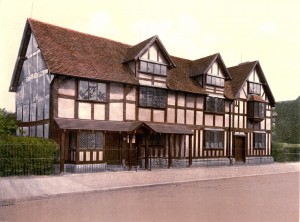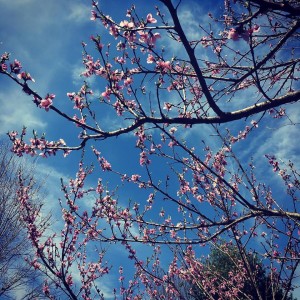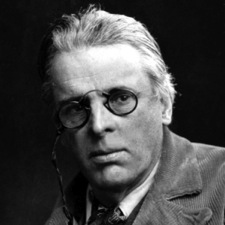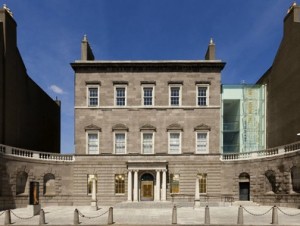As a child, they could not keep me from wells
And old pumps with buckets and windlasses.
I loved the dark drop, the trapped sky, the smells
Of waterweed, fungus and dank moss.
One, in a brickyard, with a rotted board top.
I savoured the rich crash when a bucket
Plummeted down at the end of a rope.
So deep you saw no reflection in it.
A shallow one under a dry stone ditch
Fructified like any aquarium.
When you dragged out long roots from the soft mulch
A white face hovered over the bottom.
Others had echoes, gave back your own call
With a clean new music in it. And one
Was scaresome, for there, out of ferns and tall
Foxgloves, a rat slapped across my reflection.
Now, to pry into roots, to finger slime,
To stare, big-eyed Narcissus, into some spring
Is beneath all adult dignity. I rhyme
To see myself, to set the darkness echoing.
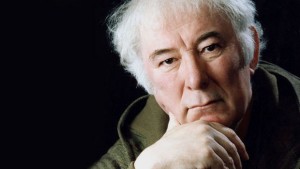 Seamus Heaney (1939-2013) was an Irish poet who won the Nobel Prize for Literature for “works of lyrical beauty and ethical depth, which exalt everyday miracles and the living past.” This poem “Personal Helicon” is the last poem in Death of a Naturalist, Heaney’s first published collection. Heaney was born in the countryside of Northern Ireland, and his rural upbringing had a profound impact on his writing. Images of Ireland and his childhood find their way into most of his work, and the wells he speaks of in this poem are no exception.
Seamus Heaney (1939-2013) was an Irish poet who won the Nobel Prize for Literature for “works of lyrical beauty and ethical depth, which exalt everyday miracles and the living past.” This poem “Personal Helicon” is the last poem in Death of a Naturalist, Heaney’s first published collection. Heaney was born in the countryside of Northern Ireland, and his rural upbringing had a profound impact on his writing. Images of Ireland and his childhood find their way into most of his work, and the wells he speaks of in this poem are no exception.
Helicon is the mountain believed to be home to the nine muses in Greek mythology.  On this beautiful mountain, there existed two springs meant to give the poetic gift to any who drank from them. However, Heaney does not need to travel to Greece, nor into the ancient past to feel inspired. This poem makes a metaphor out of Heaney’s childhood wells, and gives the reader insight into his creative process.
On this beautiful mountain, there existed two springs meant to give the poetic gift to any who drank from them. However, Heaney does not need to travel to Greece, nor into the ancient past to feel inspired. This poem makes a metaphor out of Heaney’s childhood wells, and gives the reader insight into his creative process.
Heaney first speaks of a well, “in a brickyard, with a rotted board top.” This well seemed bottomless, his bucket ricocheting off the well walls, into water, “so deep you saw no reflection in it.” The next well he describes is shallow, serving as a mirror so that his, “white face hovered over the bottom.” While the first only gave him darkness, the second well gave him back his reflection. In his youth, his reflection seems to be nearly as important to him as it was to Narcissus who allegedly fell in love with his own reflection on Mount Helicon.
Yet now Heaney may feel past the time to dwell on such things. In the fourth stanza, he describes another well that, “gave back your own call / with a clean new music in it.” If the first well is deep, going into the darkness, and the second well is a reflection of himself, I find this well to be a combination of the two, the reverberation of his soul in words.
This last well encapsulates what Heaney wants in his poetry, “I rhyme / to see myself, to set darkness echoing,” he says. The darkness found in the first well is a thought not yet expressed into words, and combined with self-reflection, Heaney finds his poetic inspiration. The wells of his childhood, some of them traditionally holy wells dedicated to saints, are his Mt. Helicon, a place where poetry can prosper.
Heaney, Seamus. “Personal Helicon.” Open Ground. New York: Farrar, Straus, Giroux, 1998. 14. Print.
To read more of Mr. Heaney’s work, visit: http://www.amazon.com/Seamus-Heaney/e/B000APGCXE
posted by Rachel Baker



